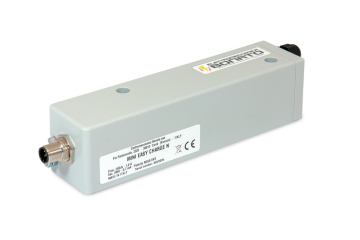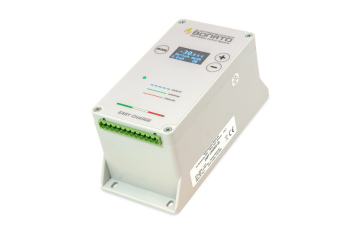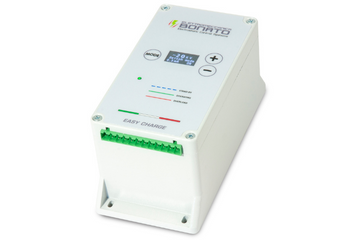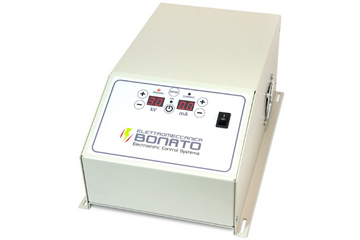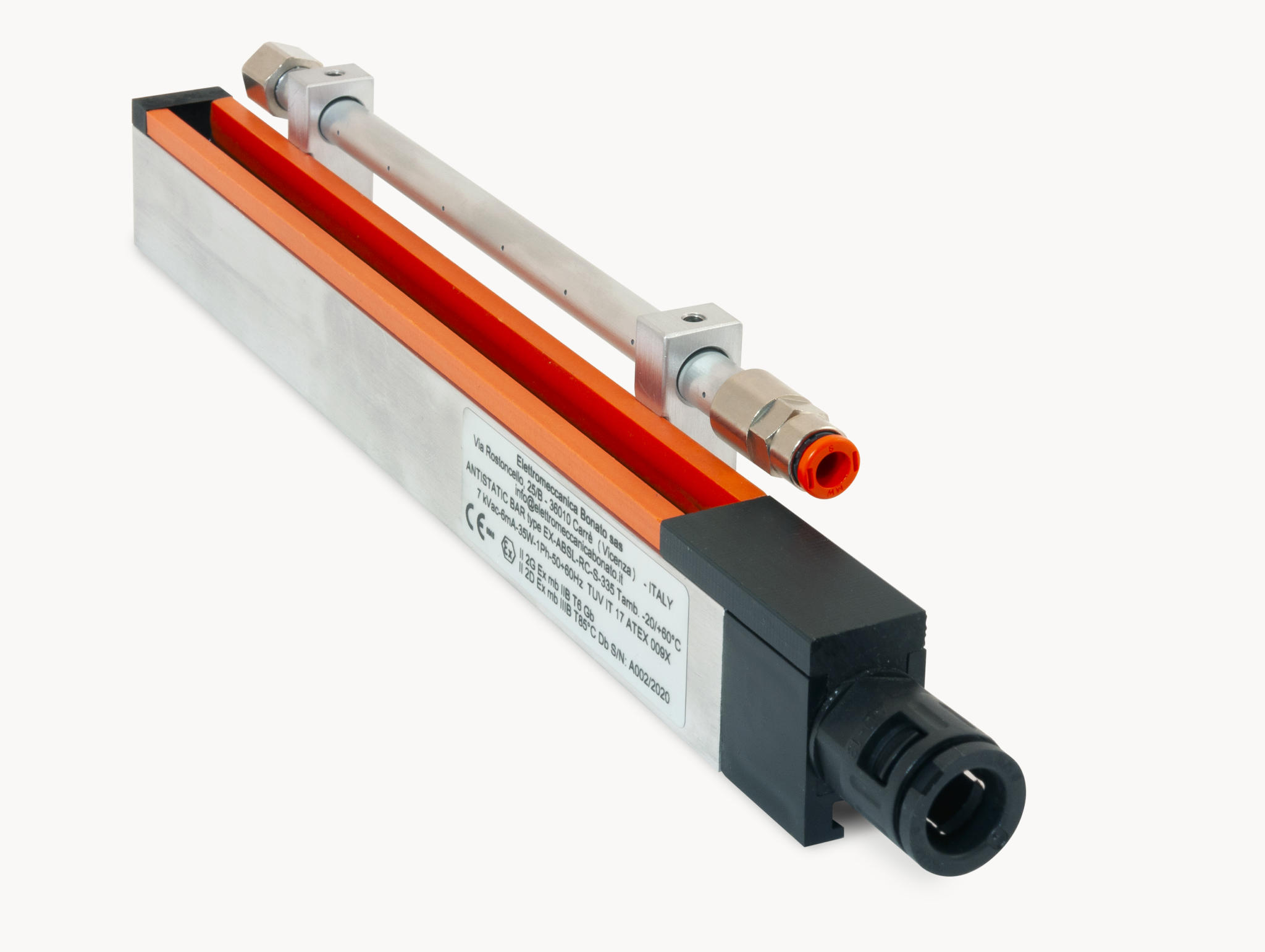What is an electrostatic charge generator
What do we mean when we talk about an electrostatic charge generator?
These are equipment specially designed to generate electrostatic charges. They are devices, therefore, that create a controlled static charge-for example, to temporarily bring together two surfaces that have opposite polarities.
For educational or scientific purposes, an electrostatic generator-also called an electrostatic machine-is an electromechanical generator that creates static electricity, or high-voltage, low-current DC electricity. In these cases, charge is generated by exploiting electrostatic induction, the triboelectric effect (which uses friction), or these two modes combined.
Different, however, is the case when electrostatic charges are to be created for industrial use. For this purpose, there are machines dedicated specifically to production needs. We at Elettromeccanica Bonato take care of designing and creating electric charge generators that are efficient and help achieve the desired goals. But not only that, we also make sure that our products are really easy and intuitive, so that use by the operators in charge is simple. Generators can generate positive and negative charges, and have a variable number of high-voltage outputs.
What is electrostatic charge
To fully understand how generators work, it is essential to understand the mechanisms that regulate electrostatic charges. Curiosity around these issues goes back to antiquity: thousands of years ago man was already wondering about those strange phenomena that aroused his curiosity but remained unexplained or confused with magnetism.
Today, however, we know that electrostatic charges are part of our lives: it has happened to everyone to get a little shock, perhaps by brushing against a person or an object. This happens because of the buildup of static electricity. Electrostatic charges are formed by the phenomenon of electrization, which is what happens when electric charge is added to a body that initially has no charge (thus a neutral body).
Electric charges can be either positive or negative: those with the same sign repel each other, while those with opposite signs attract each other. When a body is electrified, a transfer of electrons from one body to another takes place.
A few examples of electrostatic charge generator
In industrial settings, having an electrostatic charge generator is useful in many situations. Elettromeccanica Bonato manufactures several alternatives of electrostatic charge generators. Thanks to our experience, we are able to design generators with very intuitive controls, which can therefore be easily used by the operators in charge.
The ECG60 charge generator, for example, can generate a high voltage that is adjustable between 5 and 60 KV, with a maximum current of 3.0 mA. This electrostatic charge generator can work in constant voltage or constant current mode. In any case, its use is really simple and intuitive. There is also one more possibility: the generator can be remotely controlled thanks to the analog remote control function. There are two high-voltage outputs, and the charge generated can be positive or negative.
Another example is the ECG30 charge generator, which can generate a high voltage that can be adjusted between 0 and 30 KV. The generated current, on the other hand, is adjustable between 0 and 3 mA. This model is also easy to use by the operators in charge because of the great intuitiveness of its controls. It is equally easy to control and operate it from a distance, thanks to the analog remote control function. High-voltage outputs can be 1 to 4, and the charge generated can be positive or negative.

